An elephant in the room

Do you see the elephant in this picture? This is not so easy for a computer, even if it is "intelligent".
Traffic congestion: Braess' Paradox
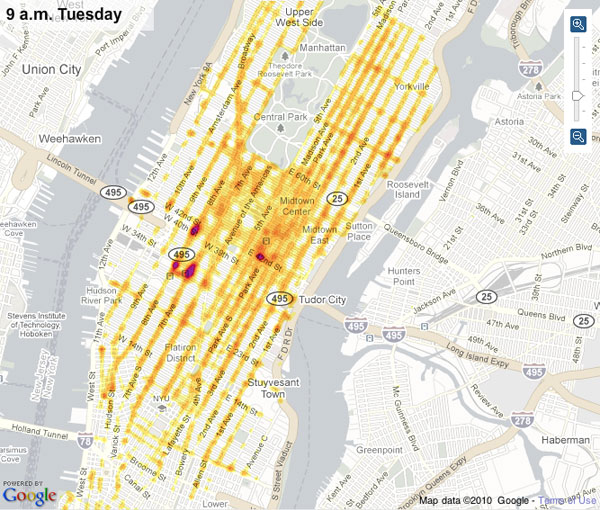
Can you imagine that the, seemingly innocent and quite natural, idea to build more roads in order to solve the traffic problem can be sometimes quite a bad idea.
From Atoms to Reaction Networks
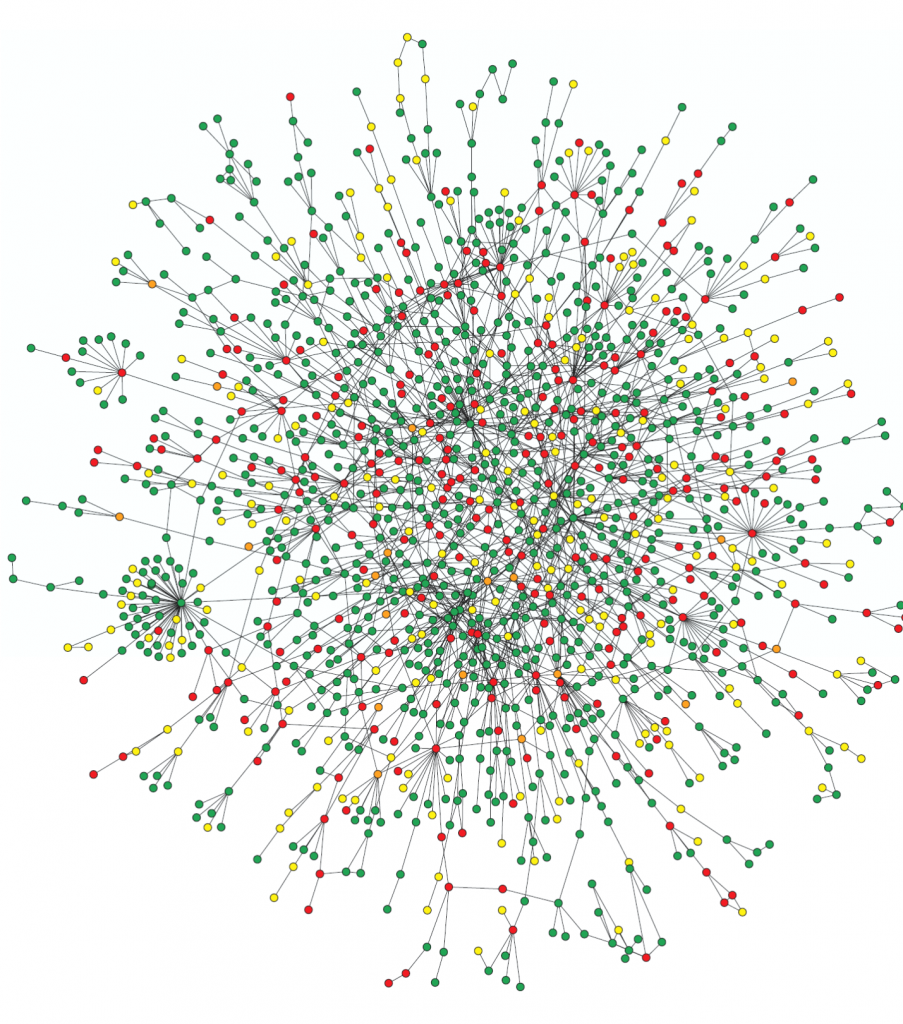
Have you ever thought about a relation between chemistry and networks? Already from school courses we get the feeling that there is some interplay between mathematics and chemistry. In this article we will see how graph theory can help us understand the way chemical reactions occur.
Traffic congestion: Optimal tolling schemes

Congested road networks are a big problem in many countries. Building more roads is not always the best solution to solve this issue. One of the reasons for this is that drivers behave selfishly
Vaccination and the friendship paradox!
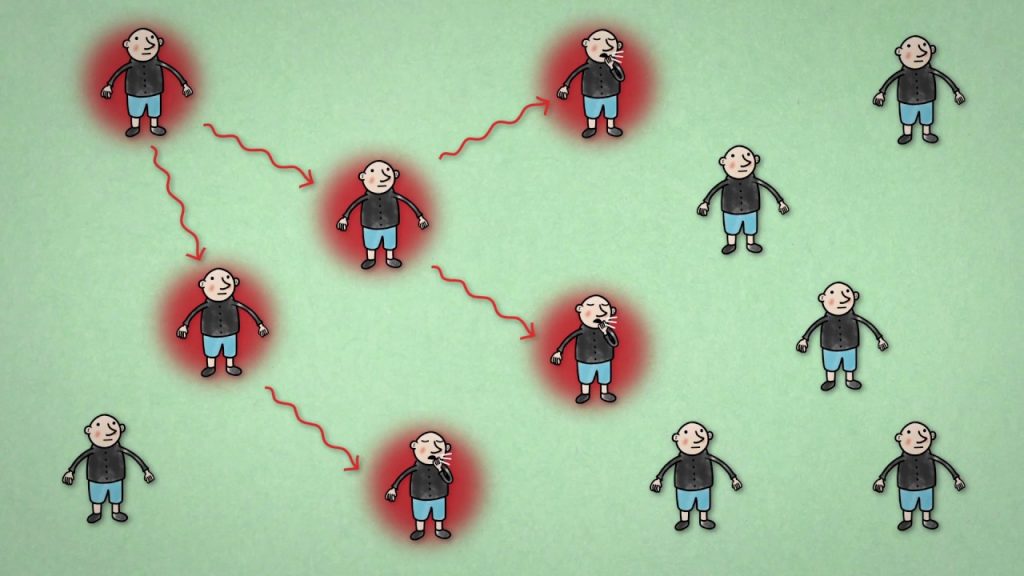
On social media it seems like everyone around me is more popular than what I am. It is a mathematical statement: the friendship paradox!
Let me show you the math!

In this category we collect articles where we discuss mathematical concepts and results. In all these articles we aim at making the mathematics accessible, we focus on the ideas and omit unnecessary technicalities.
Degrees in graphs IV: degrees in large real-world networks
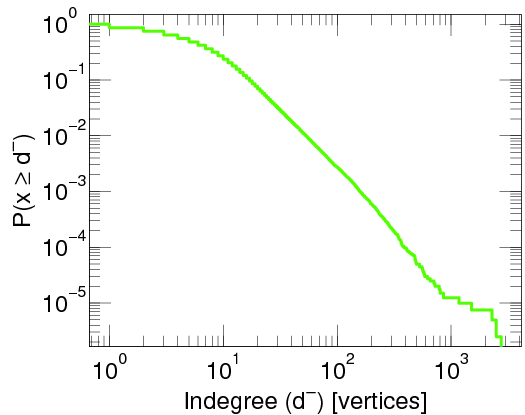
How are elements in real-world networks connected? That is the question we aim to answer in this post. Most real-world networks turn out to be extremely inhomogeneous.
Word usages reflect network community structure on Twitter
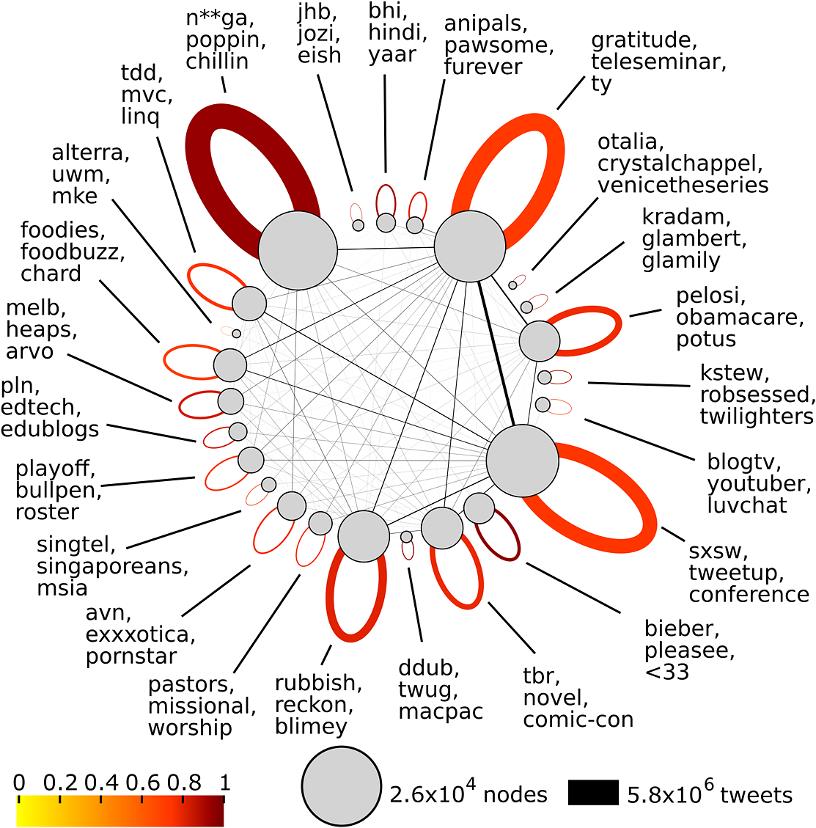
Networks can be found everywhere, and are also present in social media platforms such as Twitter. Generally, groups exist that send a lot of tweets to each other and far fewer tweets to users outside their group. In this article, the research on word usages in Twitter social groups, also called communities, will be discussed in more detail.
Why the whole world has seen Gangnam style
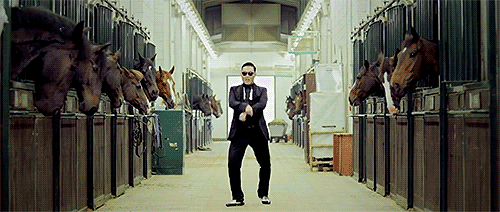
Have you ever wondered what makes a video go viral? Or how it is possible that they can spread so quickly? Maybe you didn't (that's fine), but many economists, marketeers, and even mathematicians have wondered.
Finding the shortest route to your holiday destination: Dijkstra's algorithm
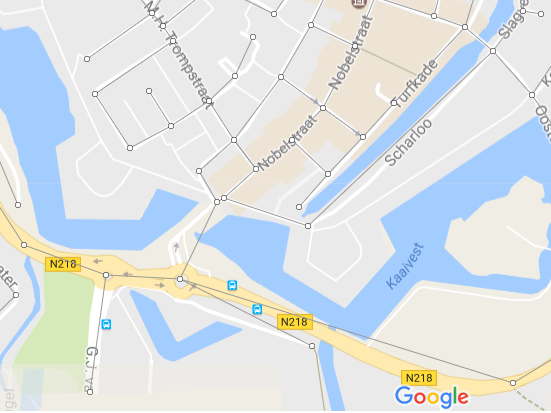
Nowadays we have route planners such as TomTom and Google Maps to make driving to a holiday destination a lot simpler. In this article we explain the science behind these route planners.
